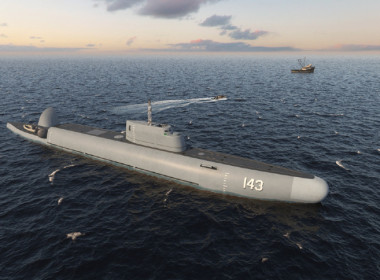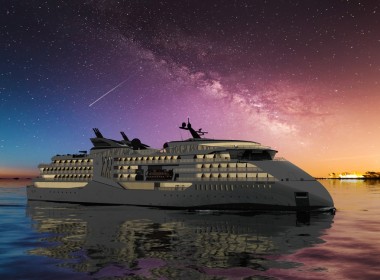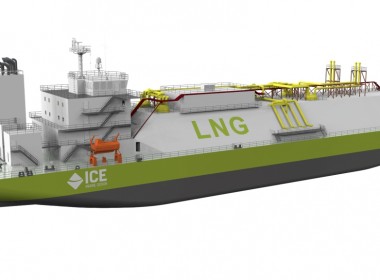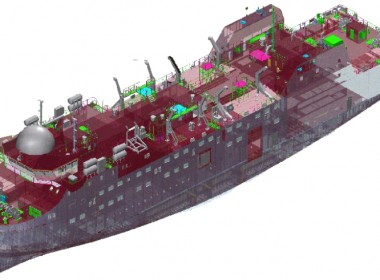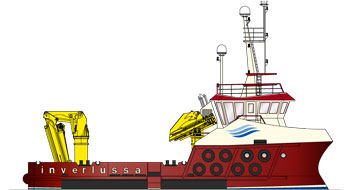Danish design firm unveils new gas bunkering ship series

Danish naval architects Knud E. Hansen has launched a new series of liquefied gas bunkering tankers.
The flagship design of the project is a 126.5- by 20.5-metre vessel with a total cargo capacity of 9,000 cubic metres, split between two type C tanks. However, Knud E. Hansen clarified that the platform is highly customisable and can be tailored to accommodate a range of tank capacities, as well as various containment systems including membrane tanks.
The most unique feature of the is a low-profile, forward deck house. This will enable the vessel to safely approach and pull alongside cruise ships with low-hanging lifeboats, as well as minimise the need for ballast during cargo transfer, thereby lowering operational costs.
Lastly, the forward deck house will allow for the installation of larger cargo tanks without impeding bridge visibility.
For improved manoeuvring and safety, the design will feature two propulsion thrusters and two bow thrusters, as well as an autodocking system for alongside mooring.
The design will also feature a highly fuel-efficient diesel-electric power and propulsion plant. This will consist of dual-fuel, four-stroke engines and an energy storage system (ESS) with a lithium-ion battery bank that will allow for engine load optimisation with reduced methane slip.
The batteries will also provide all of the power required during cargo transfer, resulting in no emissions or exhaust.
Boil-off gas from the cargo tanks will be captured and redirected to the dual-fuel engines and the energy surplus generated can be stored in the batteries. Waste heat from the engine cooling water will be converted to electric and thermal power through a number of organic rankine cycle (ORC) waste heat units.
Wasted energy captured during operation can be stored in accumulators and released as required to drive absorption chillers and reduce the electrical load onboard.
Another unique feature of the design will be an aft “energy bay” that will enable the vessel to provide containers loaded with fuel or stored electrical power to a receiving vessel. It will also allow the vessel to provide fully charged battery banks to remote locations ashore, where current infrastructure does not allow sufficient power to be provided.
The vessels in the series will each have ice class 1A notation, a design draught of 5.25 metres, a deadweight of 4,775 tonnes, space for up to 16 crew, and a service speed of 13 knots.


